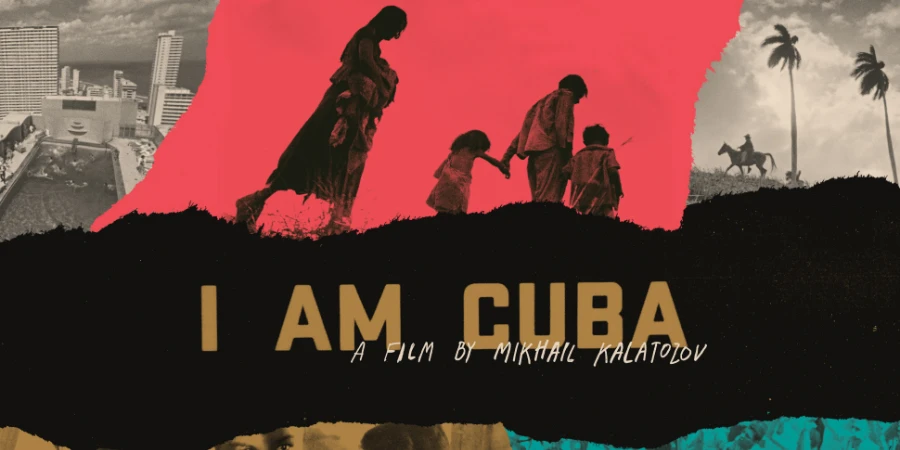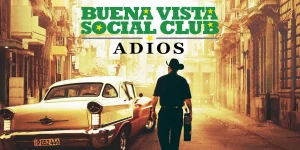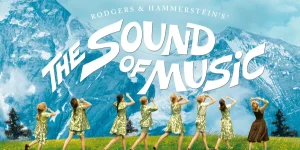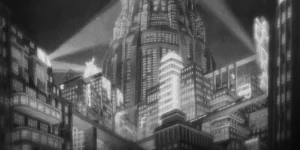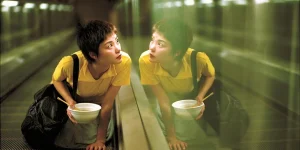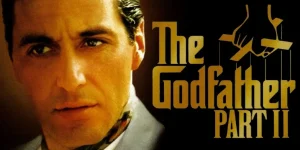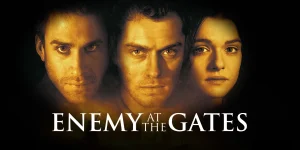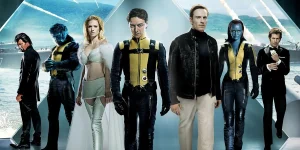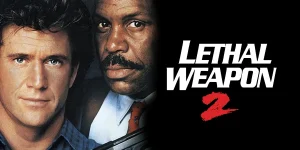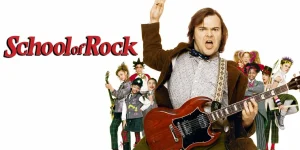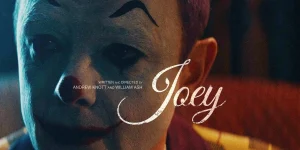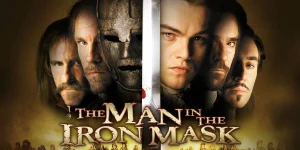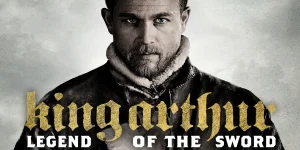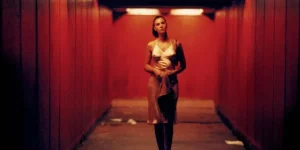I Am Cuba (Soy Cuba) is a visually striking Soviet-Cuban co-production directed by Mikhail Kalatozov. Known for its groundbreaking cinematography, the film blends propaganda with poetic storytelling, portraying life in pre-revolutionary Cuba through four interconnected vignettes. It was largely forgotten after its release but rediscovered in the 1990s, now celebrated as a masterpiece of world cinema.
Table of Contents
ToggleDetailed Summary
The First Story – The Glamour and Decay of Havana
We open in a luxurious Havana nightclub catering to wealthy Americans. The story focuses on Maria, a young Cuban woman who works as a model and nightclub hostess. She entertains a wealthy American businessman who follows her home, only to find she lives in extreme poverty with her boyfriend. This contrast between her glamourous façade and harsh reality sets the tone for the film’s critique of capitalist exploitation.
The Second Story – Land and Exploitation
In the countryside, farmer Pedro tends his sugarcane fields with his family. His hard work is shattered when a landowner sells the land to American corporate interests. Faced with eviction, Pedro makes a tragic decision to burn his crops rather than let them fall into foreign hands. The flames consume not just his fields, but the life he built, symbolizing the rage and despair of exploited peasants.
The Third Story – Awakening of Resistance
Enrique, a young university student, is swept into the growing anti-Batista revolutionary movement. Initially hesitant, he becomes politicized after witnessing police brutality against protesters. His path toward activism grows more urgent after a fellow student is killed, pushing him toward revolutionary commitment.
The Fourth Story – Joining the Revolution
A peasant named Mariano, living in the mountains, resists joining Fidel Castro’s rebels until government troops destroy his village. Motivated by loss and injustice, Mariano finally joins the fight, embracing the revolutionary cause.
Movie Ending
The film concludes with Mariano marching alongside the rebels toward Havana after the fall of Batista’s regime. The imagery is triumphant—long shots of columns of revolutionaries, civilians cheering in the streets, and the Cuban flag raised high. The narration shifts from individual suffering to collective victory, presenting the revolution as the natural and just resolution to Cuba’s struggles. The camera follows the rebels as they blend into a sea of celebratory citizens, visually merging fighters and ordinary people into one unified force. It’s a propagandist but deeply emotional ending, closing on the idea that Cuba’s liberation is both inevitable and righteous.
Are There Post-Credits Scenes?
No. I Am Cuba has no post-credits scenes. The film ends on the final triumphant image of the revolution, followed by credits.
Type of Movie
Political drama / propaganda film with experimental cinematography and poetic narrative structure. It is also a historical film rooted in revolutionary ideology.
Cast
- Sergio Corrieri as Enrique
- Salvador Wood as Mariano
- José Gallardo as Pedro
- Luz María Collazo as Maria
Film Music and Composer
The score was composed by Carlos Fariñas, blending Cuban folk elements with orchestral arrangements to complement the film’s propaganda tone. Music is used sparingly but effectively, often paired with the camera’s long, fluid tracking shots.
Filming Locations
Filmed entirely in Cuba, both in urban Havana and rural provinces. The locations are crucial—Kalatozov wanted authentic depictions of Havana’s nightlife, sugarcane fields, university protests, and mountain villages. These real locations enhance the documentary-like authenticity, even though the film is stylized and scripted.
Awards and Nominations
Upon release, the film was largely ignored internationally. It gained critical acclaim decades later, especially after Martin Scorsese and Francis Ford Coppola supported its restoration in the 1990s. While it didn’t win major awards at the time, today it is recognized as a significant work in film history.
Behind the Scenes Insights
- Director Mikhail Kalatozov and cinematographer Sergey Urusevsky used custom-built rigs to achieve impossibly fluid long takes.
- The famous rooftop-to-pool shot involved passing the camera underwater in one continuous motion—decades ahead of its time.
- Many non-professional Cuban actors were cast to preserve authenticity.
- The script was co-written by Soviet poet Yevgeny Yevtushenko, giving the narration its lyrical quality.
Inspirations and References
The film was inspired by Soviet revolutionary cinema and Cuban political ideology of the early 1960s. Stylistically, it echoes the propaganda style of Battleship Potemkin (1925) while incorporating poetic realism.
Alternate Endings and Deleted Scenes
No widely known alternate endings exist. However, some original footage was trimmed for pacing, particularly scenes showing more speeches and propaganda elements.
Book Adaptations and Differences
The film is not based on a book; it was an original script commissioned jointly by the Soviet and Cuban governments to promote revolutionary ideals.
Memorable Scenes and Quotes
Key Scenes
- The nightclub-to-slum tracking shot revealing Maria’s double life.
- Pedro burning his sugarcane fields in defiance.
- Enrique’s rooftop escape from police during a protest.
- The underwater camera shot in the pool scene.
- The final march of the revolutionaries into Havana.
Iconic Quotes
- “I am Cuba. I am the palm trees. I am the sugarcane. I am the tears of my people.”
- “They take the land, and with it, they take our lives.”
Easter Eggs and Hidden Details
- The American tourists in the first story are caricatures—intentionally exaggerated to underline the film’s anti-imperialist stance.
- Background posters and street art foreshadow revolutionary slogans used later in the movie.
- The number of long takes (some over 4 minutes) was unprecedented for the time.
Trivia
- The movie was banned in the U.S. during the Cold War.
- Its rediscovery was largely due to the advocacy of Scorsese and Coppola.
- Many shots were improvised on location after observing real Cuban life.
Why Watch?
For its cinematography alone, I Am Cuba is worth seeing. It’s a film-school-level masterclass in camera movement and composition. While politically one-sided, it offers a historical time capsule of 1960s Cuba, both romanticized and critical, filtered through Soviet artistry.
Director’s Other Movies
- The Cranes Are Flying (1957)
- Letter Never Sent (1960)
Recommended Films for Fans
- Roma (2018)
- The Cranes Are Flying (1957)
- Battleship Potemkin (1925)
- Soylent Green (1973)

